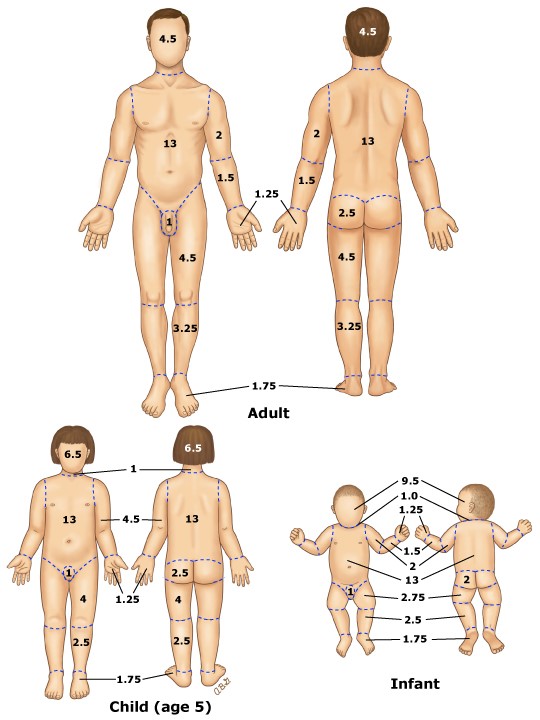When preparing to administer a prescribed medication to a homeless male at a community psychiatric clinic, the client tells the nurse that he usually takes a different dosage. Which action should the nurse take?
Explain to the client that the dosage has been changed.
Withhold the medication until the dosage can be confirmed.
Inform him that he may refuse the medication and document whether or not he takes it.
Tell him to take the medication then verify the dosage at the next healthcare team meeting.
The Correct Answer is B
Choice A reason: Explaining to the client that the dosage has been changed is not a safe action because it may not be true. The nurse should not assume that the prescribed dosage is correct or different from the previous one without verifying it with the healthcare provider or the medication record.
Choice C reason: Informing him that he may refuse the medication and documenting whether or not he takes it is not a responsible action because it does not address the issue of dosage discrepancy. The nurse should respect the client's right to refuse medication, but should also educate him about the benefits and risks of taking or not taking it. The nurse should also try to resolve any barriers or concerns that may affect the client's adherence to medication.
Choice D reason: Telling him to take the medication then verifying the dosage at the next healthcare team meeting is not a timely action because it may cause harm or complications to the client. The nurse should not administer any medication without checking its accuracy and appropriateness for the client. The nurse should also report and document any medication incidents as soon as possible.
Nursing Test Bank
Naxlex Comprehensive Predictor Exams
Related Questions
Correct Answer is A
Explanation
Choice A reason: This is the correct answer.According to the rule of nines, each leg accounts for 18% of the total body surface area, and the anterior surface of each leg accounts for half of that, or 9%. Therefore, the patient has partial-thickness burns on 9% + 9% = 18% of the body surface area.
Choice B reason: This is incorrect. This would be the case if the patient had partial-thickness burns on the anterior and posterior surfaces of both legs, as well as the head and neck, which is not given in the question.
Choice C reason: This is incorrect. This would be the case if the patient had partial-thickness burns on the anterior surface of only one leg, which is not given in the question.
Choice D reason: This is incorrect. This would be the case if the patient had partial-thickness burns on the anterior and posterior surfaces of both legs, which is not given in the question.

Correct Answer is D
Explanation
Choice A: Mark an outline of the 'olive-shaped' mass in the right epigastric area. This is not a priority action, as it does not address the immediate needs of the infant. The 'olive-shaped' mass is a sign of pyloric stenosis, but it does not affect the infant's hydration or nutrition.
Choice B: Instruct parents regarding care of the incisional area. This is an important action, but not a priority before surgery. The parents need to know how to care for the incisional area after surgery, but this can be done later.
Choice C: Monitor amount of intake and infant's response to feedings. This is a relevant action, but not a priority before surgery. The infant with pyloric stenosis may have vomiting, dehydration, and electrolyte imbalance due to gastric outlet obstruction. Monitoring intake and output can help assess the severity of these problems, but it does not correct them.
Choice D: Initiate a continuous infusion of IV fluids per prescription. This is the priority action before surgery, as it can prevent or treat dehydration and electrolyte imbalance in the infant. IV fluids can also help maintain blood volume and perfusion during surgery.
Whether you are a student looking to ace your exams or a practicing nurse seeking to enhance your expertise , our nursing education contents will empower you with the confidence and competence to make a difference in the lives of patients and become a respected leader in the healthcare field.
Visit Naxlex, invest in your future and unlock endless possibilities with our unparalleled nursing education contents today
Report Wrong Answer on the Current Question
Do you disagree with the answer? If yes, what is your expected answer? Explain.
Kindly be descriptive with the issue you are facing.
